The Balearic Islands have started the tourist campaign predisposed to recreate a ‘normal’ summer. The implicit but key marker of the gap that the main tourism indicators still maintain today with respect to their pre-pandemic level will definitely succumb in the coming months. Nobody doubts it.
And it is that the main markers show a remarkable effort to definitively cover the levels that were usual before the pandemic and that last season managed to cover around two thirds of the 2019 levels. To this objective, the revival of international tourist flows will undoubtedly contribute, especially in Europe, as anticipated by the volume of seats scheduled by airlines at Palma, Mahón and Ibiza airports for the months of April to October. Well, in all cases, pre-pandemic levels are exceeded, in a range that, in the case of Mahón, marks a two-digit positive differential.
This favorable evolution finds its closest antecedent in the increase in flights managed by Palma airport already in the month of March, since with 14,994 flights, they were 2.6% higher than those of 2019, a circumstance that has not occurred in other airports as important as Seville (-3.0%), Canarias (-9.0%), Madrid (-13.2%) or Barcelona (-14.0%).
However, to the positive expectations of attracting international flows of visitors that place the Balearic Islands at the head of Spanish and European tourist destinations, there is also a state of permanent uncertainty regarding the ability of supply and demand to adjust, both in the supply plan as well as the labor plan. These last issues, related both to the bottlenecks in global supply chains and to the irrevocably upward path of prices, explain why the story is more cautious than that which is deduced from the supply of seats scheduled for this summer.
All of this will take on special relevance over the coming months in accordance with the progressive rise in prices and the risk that this entails with respect to meeting inflation targets. And it is that the final prices will continue to be totally subject to the rise in raw materials, especially the barrel of Brent that is already close to 110 dollars. Starting from crude oil and adding the tensions caused in the gas market, the consumer price index has risen in the islands to 9.4% in March, a rate similar to that of Spain and slightly higher than our main source markets.
Although part of the negative effects associated with the rise in prices seems to be contained thanks to forced savings by families during the periods of greatest restrictions, it cannot be ignored that part of the recovery of tourist flows, both national and international, lies precisely in the caged savings during the pandemic, so that the main analysts agree that the good expectations that accompany this ‘sprint to normality’ will be compromised at the end of the year due to the consequences derived from the war. We will, therefore, have to wait until the last page of the calendar is turned to gauge the situation, adjust capabilities and take up positions in this new time in which the obligatory task seems to be to reformulate rather than recover.
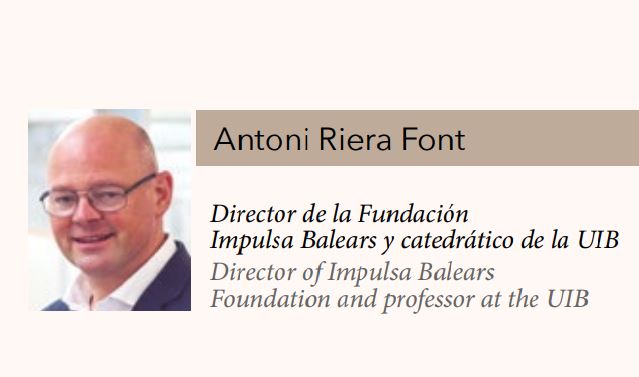


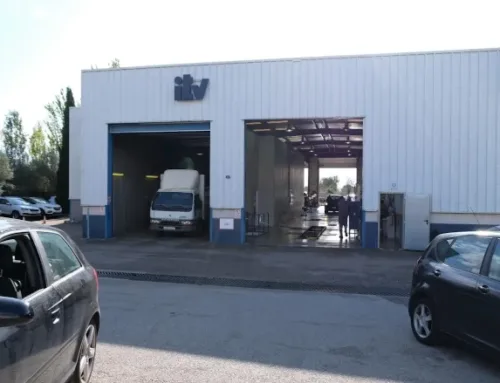
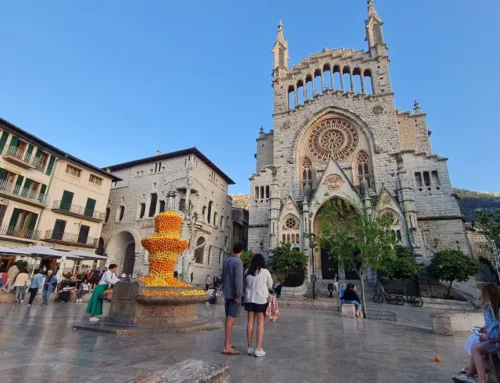
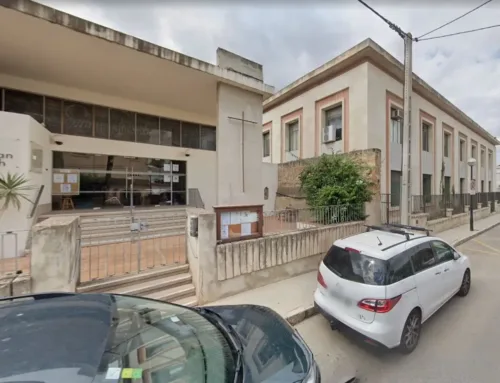

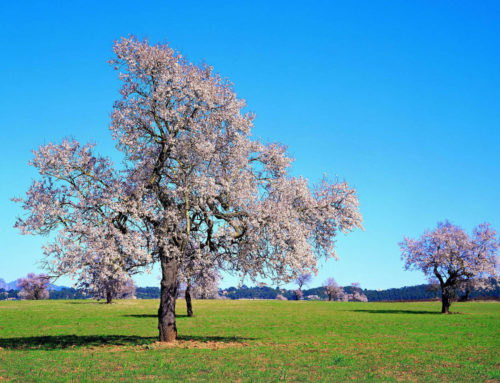

Leave A Comment